West Horsley Place, Surrey: The real-life country house where the BBC's Ghosts is filmed
West Horsley Place is one of the most important historic houses in Surrey — and it’s enjoying a new lease of life as a centre for the Arts, not least thanks to its starring role in Ghosts, one of the most popular BBC comedies in years. John Goodall looks at the history of this remarkable building. Photographs by Paul Highnam for Country Life.
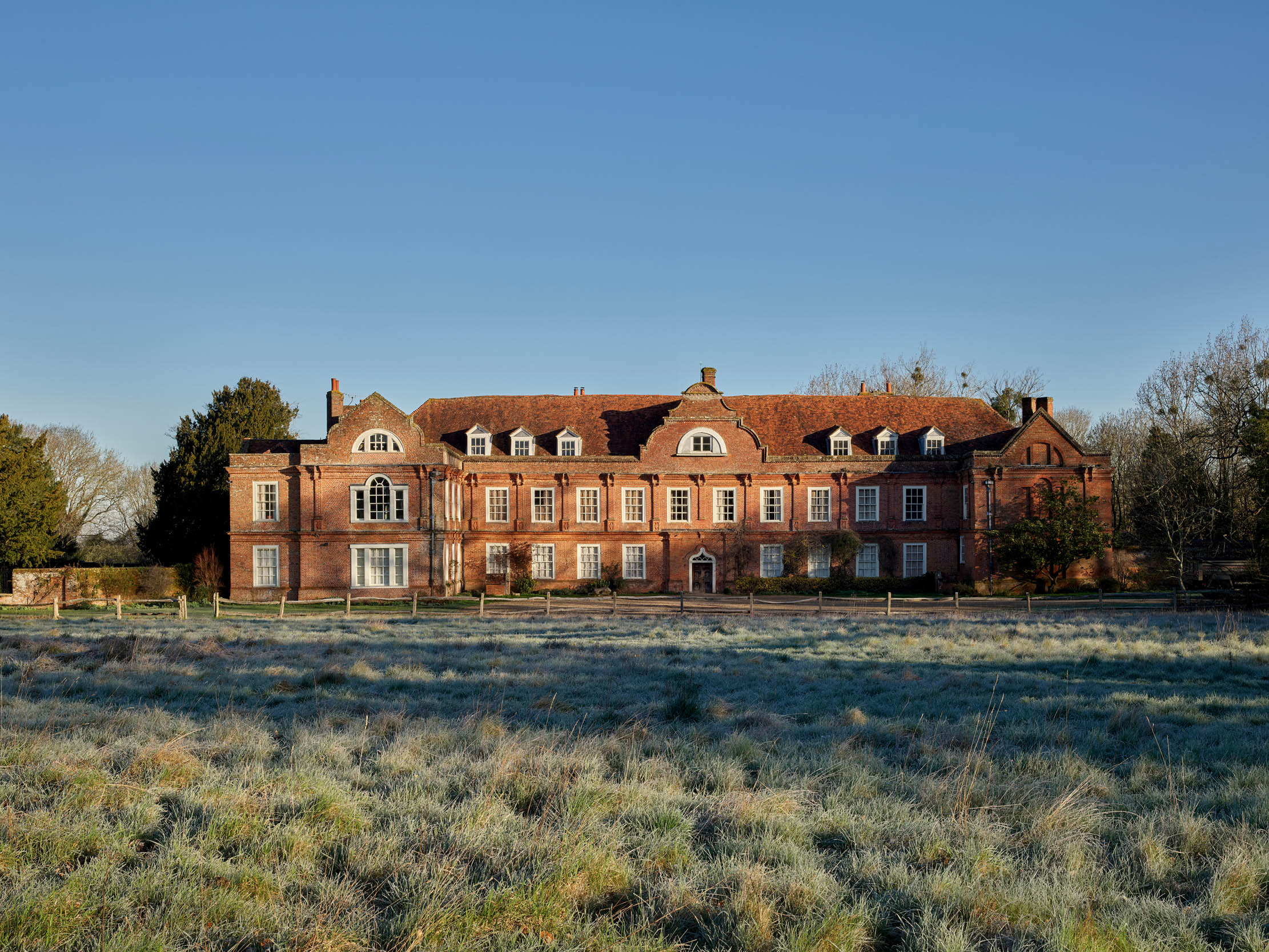

On January 27, 1591, the ailing Viscount Montague called together his Surrey neighbours for a valedictory dinner at West Horsley Place. The event is recorded in an anonymous contemporary account recently rediscovered by Michael Questier (Historical Research, 77, 2004). After ‘good cheer’ over dinner, all the guests, as well as ‘the gentlewomen of the house, the waiting maids, strangers and others, all his men servants, gentlemen and yeomen’ were gathered ‘in the great chamber… where my Lord caused us of the better sort to sit down, himself sitting amongst us’.
There, he began a speech, explaining that he wanted to be merry in this company because he might never return to the house. Also, that he wanted to explain his life — ‘how I have been dealt withal’ — and for his audience to bear witness to what he said.
Locally born at Betchworth, the Viscount continued, he and his father had been raised to prosperity by Henry VIII. During Queen Mary’s reign, he had done some service to the future Elizabeth I, who knew thereby his ‘faithful and loyal heart’. There followed a revelation. Elizabeth I had granted him ‘an extraordinary favour, the freedom of my conscience. For I confess before you all that I am a Catholic in my religion’. He went on to state that he neither interfered nor directed any other person’s beliefs and, with reference to the Armada, insisted that he would oppose a foreign invasion of England. Everyone, he urged, owed loyalty to the Queen.
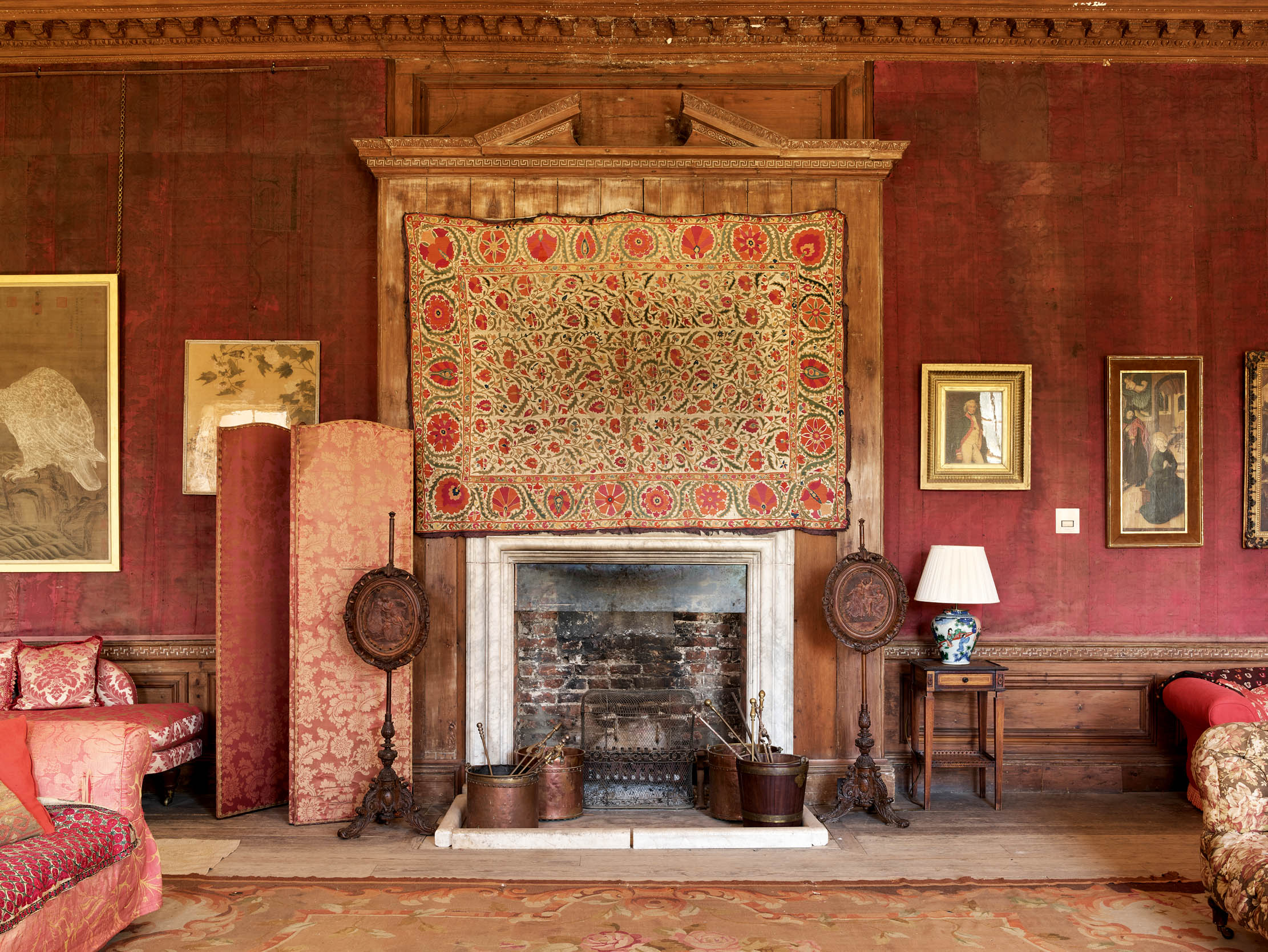
He concluded by desiring that his words — unimaginable from other mouths — be publicised and rose from his stool, apologising for his ‘long… and wearisome tale out of order’ from an old man whose ‘wits were worn’ and called for the company to move into the withdrawing chamber beyond. Everyone then took their leave, but the writer and his immediate company were conducted downstairs ‘to the gate’. There, ‘calling for wine and beer [the Viscount] did drink to us and so we departed… with receipt of many kind and honourable speeches’.
The room in which the Viscount’s apologia was delivered can still be confidently identified in the architectural palimpsest of West Horsley Place, once also known as Sheep Leze, the Sheep Leeze or Sheep Leas. The house probably stands on the site of a pre-Conquest manor and a late-medieval owner, James de Berners, a favourite of Richard II executed in 1388, is pictured in the stained glass of the neighbouring church. In 1423, a descendant of his, the child heiress Margery Berners, married a certain John Fereby and it is at this point that the story of the present building properly begins.
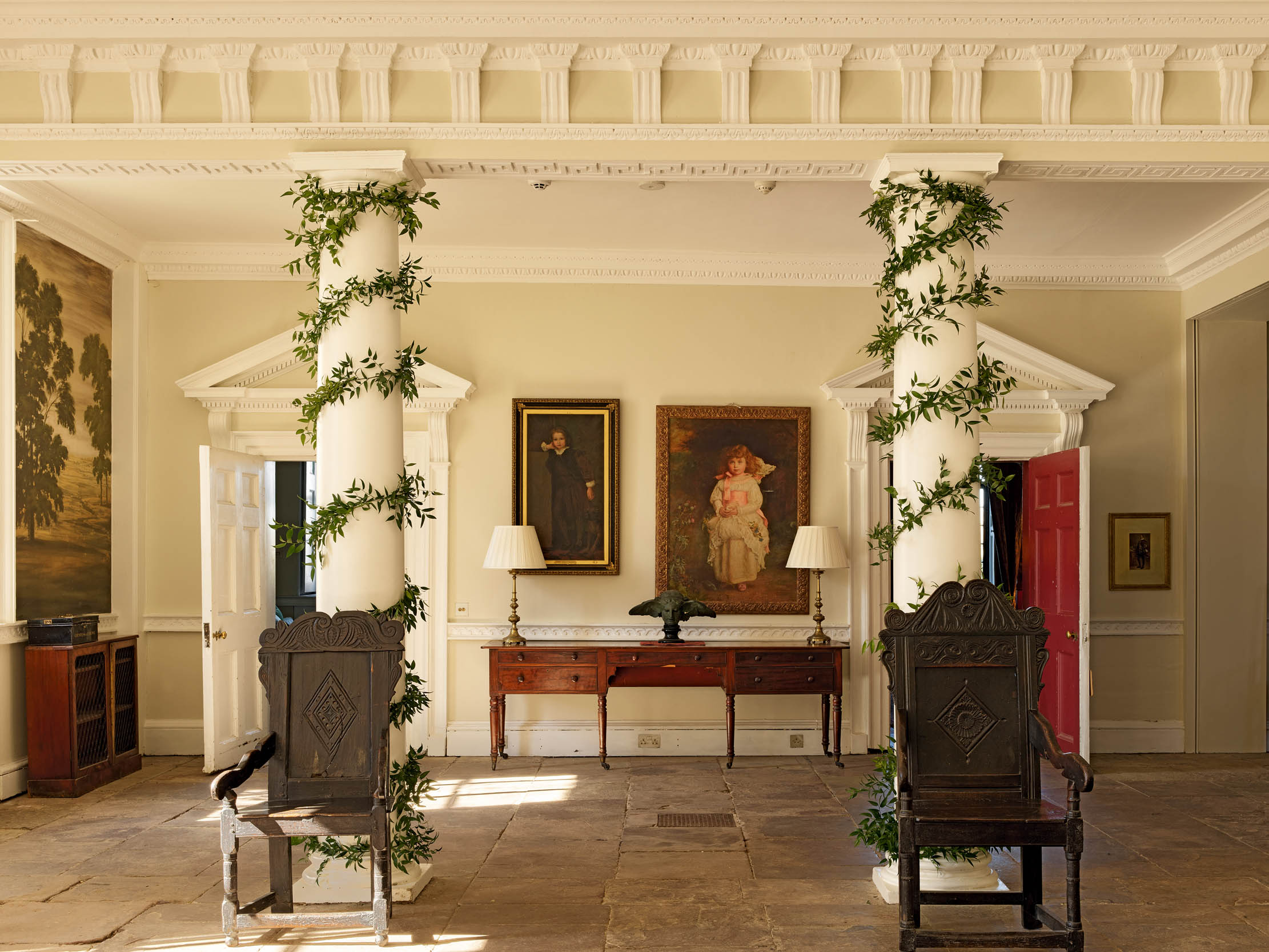
The house then almost certainly assumed the conventional H-plan of a hall with cross-ranges to either end, one accommodating the services, the other the family withdrawing chambers. Tree-ring dating shows that the earliest surviving part of the present building, the west wing, was erected in 1425 (and added to in 1428). This long timber-frame range — now truncated — was divided into multiple chambers on two levels. Substantially constructed and expensively detailed, this wing presumably replaced an earlier domestic cross-range and provided updated accommodation for Fereby and his bride.
In 1441, having been widowed, Margery married again, this time to John Bourchier. In recognition of her wealth, Bourchier was summoned to Parliament as Lord Berners. His grandson, another John, was a soldier, diplomat and the first English translator of Froissart’s Chronicles. He mortgaged the manor in 1522 and it subsequently passed into the hands of the Crown by his death in 1533. Tree-ring dating shows that the kitchen cross-range was rebuilt at some time between 1494 and 1526 and also that the stair block beside it was erected in 1534.
Exquisite houses, the beauty of Nature, and how to get the most from your life, straight to your inbox.
This latter, modest addition must have been the work of Henry VIII’s companion, Thomas Courtenay, Marquess of Exeter, who was granted West Horsley by the King in the early 1530s. His Marchioness, Gertrude, received the Benedictine nun, Elizabeth Barton, known as the Holy Maid of Kent, at the house and, according to the investigations that led to the nun’s execution in 1534, she experienced a visionary trance here.

The Marquess was destroyed by Thomas Cromwell in 1538 and a posthumous inventory records a falconry mews at his house, as well as numerous musical instruments: a double virginal, three small organs or regals and nine viols. It is also clear that there was an elaborate garden, because bills for its maintenance at royal expense, submitted by one John Gardyner in 1546–47, survive. They mention knots, rose and strawberry borders, a mount and grass alleys. Perhaps the house was, in fact, less a place of entertainment requiring grand architectural remodelling than a retreat.
In 1547, West Horsley was once again granted away by the King to another courtier, Sir Anthony Browne. His seat was at Battle Abbey, East Sussex, and, in 1542, he inherited Cowdray in West Sussex, built by his half-brother the Earl of Southampton. He nevertheless immediately set about improving West Horsley, replacing the existing hall with a two-storey range. As was becoming fashionable, this incorporated a hall at ground-floor level and a formal entertaining room or great chamber above it. The timbers of this new range were felled in the winter of 1547/48, just before Sir Anthony’s death on April 28, 1548.
Even by this latter date, however, work was presumably complete to a plaster ceiling over the great chamber, because it displays the badges of Sir Anthony and his second wife, Elizabeth, daughter of the Earl of Kildare (and, as ‘Fair Geraldine’, the youthful object of poetic admiration by the Earl of Surrey). This plaster ceiling — of which a small and heavily restored fragment survives (Fig 5) — is a very early example of what would become a late-16th-century decorative commonplace. Its only dated predecessor is a lost 1460s ceiling at Great Chalfield, Wiltshire (COUNTRY LIFE, July 26, 2017).

After Sir Anthony’s death, West Horsley remained in the hands of his widow, but, in 1552, she married again, this time to military commander Edward Fiennes de Clinton. The match lasted more than 30 years and, in the middle of it, in 1572, her husband was elevated to the Earldom of Lincoln.
She clearly continued to use West Horsley, however, and her will in 1589 identifies several sets of tapestry — including the story of Hercules, the story of Solomon and verdure hangings in her bed chamber — with reference to their ‘usual’ position in the house, respectively, in the withdrawing chamber, chamber and bed chamber. Clearly, these highly prized and portable items regularly hung here.
In the meantime, Sir Anthony’s other properties passed to his namesake son, with whose apologia we began. He was created Viscount Montague by Queen Mary and died at West Horsley on October 19, 1592. The house, which he owned for only three years, obviously enjoyed a special place in his affections. His property and title passed first to his grandson Anthony-Maria and then, in 1629, to his great-grandson Francis.
Both men came of age at more or less the moment they inherited and were hounded for their Catholicism; the latter was also a Royalist. He first mortgaged the property and then, in 1656, sold it to the third son of the adventurer Sir Walter Ralegh, Carew Ralegh. Eight years later, in 1664, the whole estate was purchased by a returning senior Royalist official, Edward Nicholas, for £9,750.

One of these four owners was responsible for recasting the house in the middle decades of the 17th century. Hitherto, the building had evolved in timber frame, but the hall and west wing were now refronted in brick. This right-angle façade was two storeys high, the upper detailed with pilasters and incorporated a porch, now lost (Fig 1). The gables may or may not be an original feature; a hipped roof is a possible alternative. Who built it?
On the comparative evidence of such houses as Kew Palace, then west of London, the house is usually dated to the 1630s, when it was still a secondary property of the Montagues. That might agree with its 1650s description by the diarist as John Evelyn as a ‘neat’ house, but without an accompanying comment that it was new, as well as the concurrent adaptation of such Catholic-owned neighbouring properties as Arbury.
Ralegh, however, claimed to have spent £2,000 on the building when he sold it to Nicholas. Not only was there a bell in the house dated 1661, but his crests and initials — now lost — are known to have ornamented the great chamber. If the house was rebuilt in 1661, however, why did Nicholas complain in 1664 of roofs letting in the rain? Even Nicholas — rich and keen to create a family seat in Surrey — can’t entirely be discounted as the builder. Certainly, he or his son, John, who inherited in 1669, was responsible for a new stair opening off the hall (Fig 9).
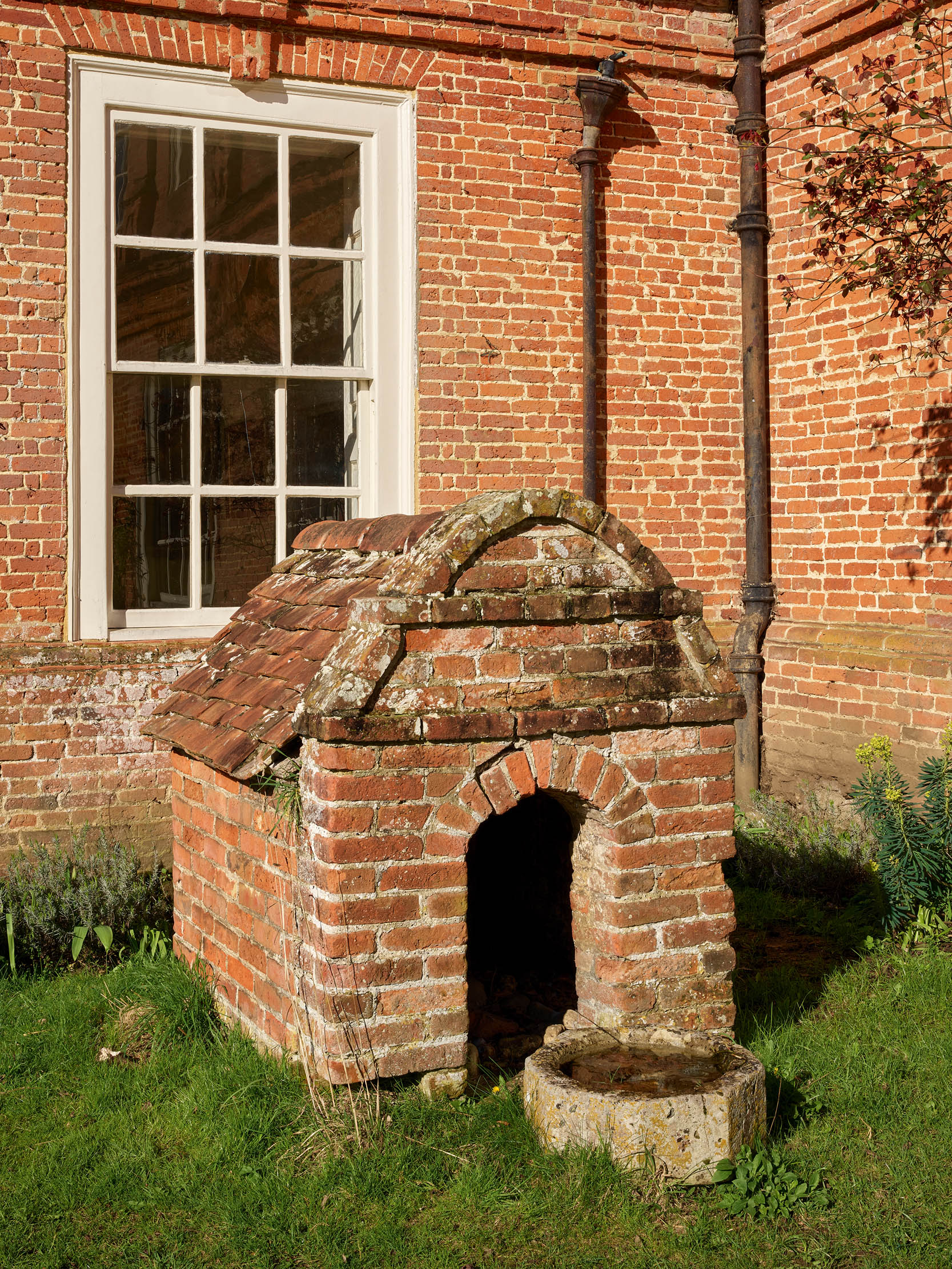
John’s wife was killed at West Horsley when a great storm in 1703 brought down a chimney stack on their bed. He survived the accident, but died just over a year later and was succeeded in sequence by his sons Edward, John and William, the last of whom died in 1749 ‘a bachelor worth £150,000 aged 81’ (according to The Gentleman’s Magazine). In 1730, oddly, before his brother John died in 1742, William contracted with one Mr Overton of Esher to repair the 1548 ceiling of the great chamber (then the dining room). This is a very early example of the Georgian interest in Gothic. Could it relate to William Kent’s 1730s restoration of Esher Palace? The accompanying drawing gives the dimensions of a ceiling that doesn’t fit in the present plan of the house and suggests both a different configuration of rooms and heraldic badges. An estate map from about this period shows the present garden layout (Fig 8).
William probably also re-fenestrated the house with sash windows and truncated the west wing, carefully rebuilding its gable with recycled bricks. The main Classical interiors, including the hall (Fig 3) and drawing room (the later all but destroying the great chamber) (Fig 2), therefore seem unlikely to be his work. Perhaps they were created by Henry Weston, to whom William bequeathed the house. Further changes were undertaken by 19th-century occupants to impose the impression of symmetry on the main front. Notable among them was Henry Currie, who was born at neighbouring Horsley Towers and rented the property from 1838. He built two gabled dog kennels in the forecourt (Fig 7).

The next important round of changes followed the purchase of the house in 1931 by the politician, bibliophile and diplomat Lord Crewe. He installed modern services and created a space for his large library (Fig 6). He was also probably responsible for hanging the drawing-room walls in antique silk. Meanwhile his wife, the Marchioness of Crewe, renewed the garden within its historic walled compartments. Her planting was later simplified as an economy by her daughter, Mary, Duchess of Roxburghe, who inherited the house after the Second World War.
The Duchess lived at West Horsley until her death in 2014 at the age of 99, at which time her nephew, the television presenter Bamber Gascoigne, unexpectedly found himself named as the owner. A survey of the house revealed the building to be in parlous condition, but, rather than sell it, Gascoigne and his wife, Christina, decided to vest the entire estate and all the proceeds from the sale of its contents into a trust with three purposes: to restore the buildings, host performances and encourage craft. In each respect, the trust has made remarkable strides, undertaking essential repairs, acting as a filming venue — including for the BBC comedy series Ghosts, which had shades of Gascoigne’s predicament — and with a newly restored barn that, together with the main house, acts as a venue for workshops and performances.
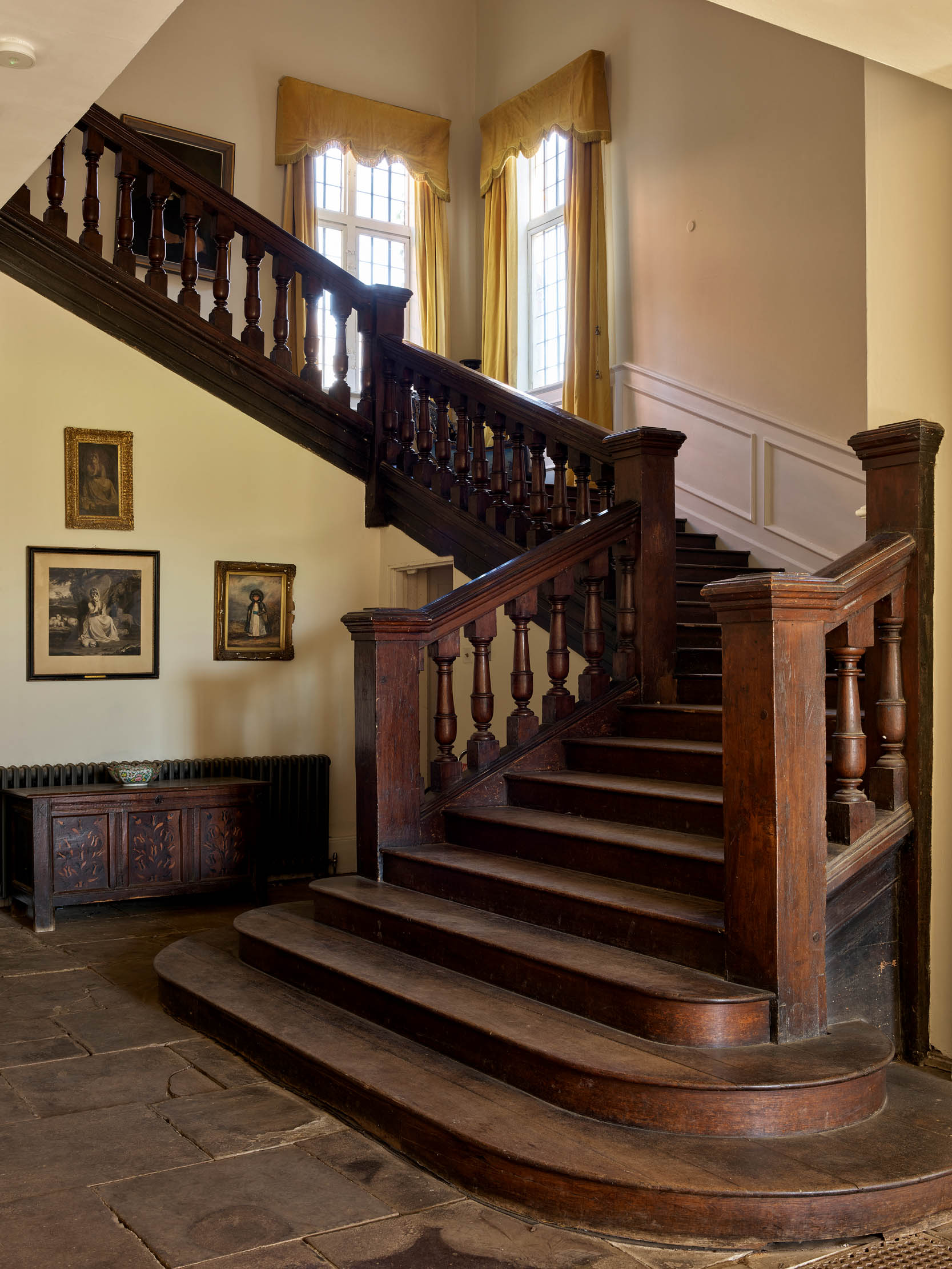
In addition to these undertakings, the estate has been the home of Grange Park Opera since 2017. The new opera house, erected in only 11 months outside the formal garden, is modelled internally on La Scala in Milan, Italy, and seats 750. The hatched-brick drum of the auditorium faces the house and is encircled by a colonnade (Fig 4). Gascoigne died in 2022, but his vision, generosity and the continuing support of Mrs Gascoigne promise a remarkable future for this outstanding house and its estate.
Visit www.westhorsleyplace.org
Country Life's architectural editor John Goodall and our illustrious contributing writers discuss Britain's greatest architecture in the magazine every week. Find out how to subscribe to the magazine here.

The Hope Mausoleum, Deepdene: As grand a resting place as any of the great and the good could wish for
The restoration of this once-forgotten 19th-century mausoleum in Surrey is 'heroic', says John Goodall. Photography by Justin Paget for the

Munstead Wood: The house that Edwin Lutyens built for Gertrude Jekyll
The creation of Munstead Wood in Surrey came from a happy friendship between a great gardener and architect, both closely

The St George's Hill 'super homes' with infinity pool and room for the supercar
Some of Surrey’s finest new houses come to the market.
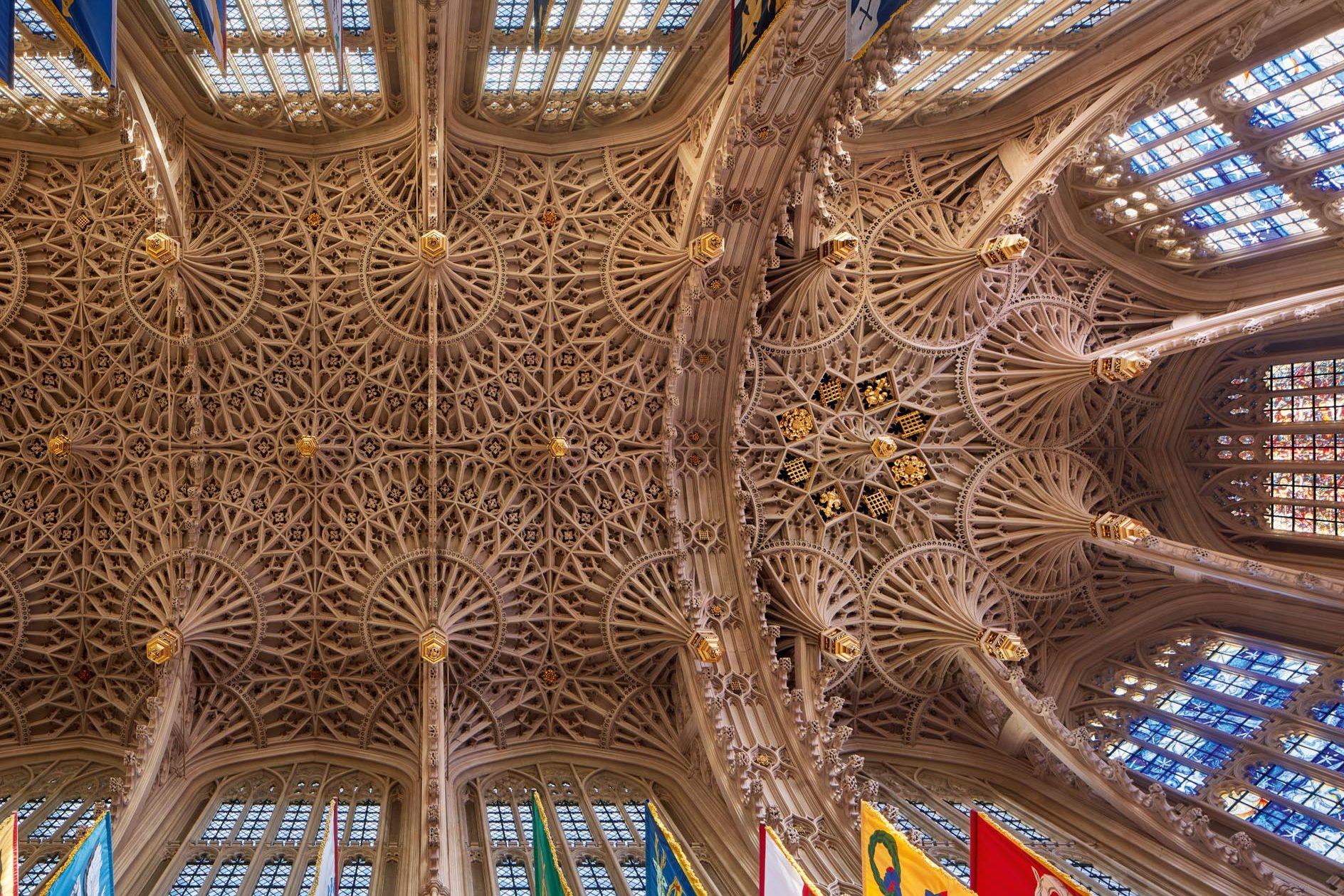
Westminster Abbey: History, power, tourism, and its status as 'the single greatest and most eclectic museum of sculpture in the world'
Westminster Abbey has been at the heart of national life since the Middle Ages. In the second of two articles,

The oldest house in Britain — and how we were able to tell it apart from the other contenders
There are many nominations for the oldest home in Britain — in this piece from the Country Life archive, John Goodall
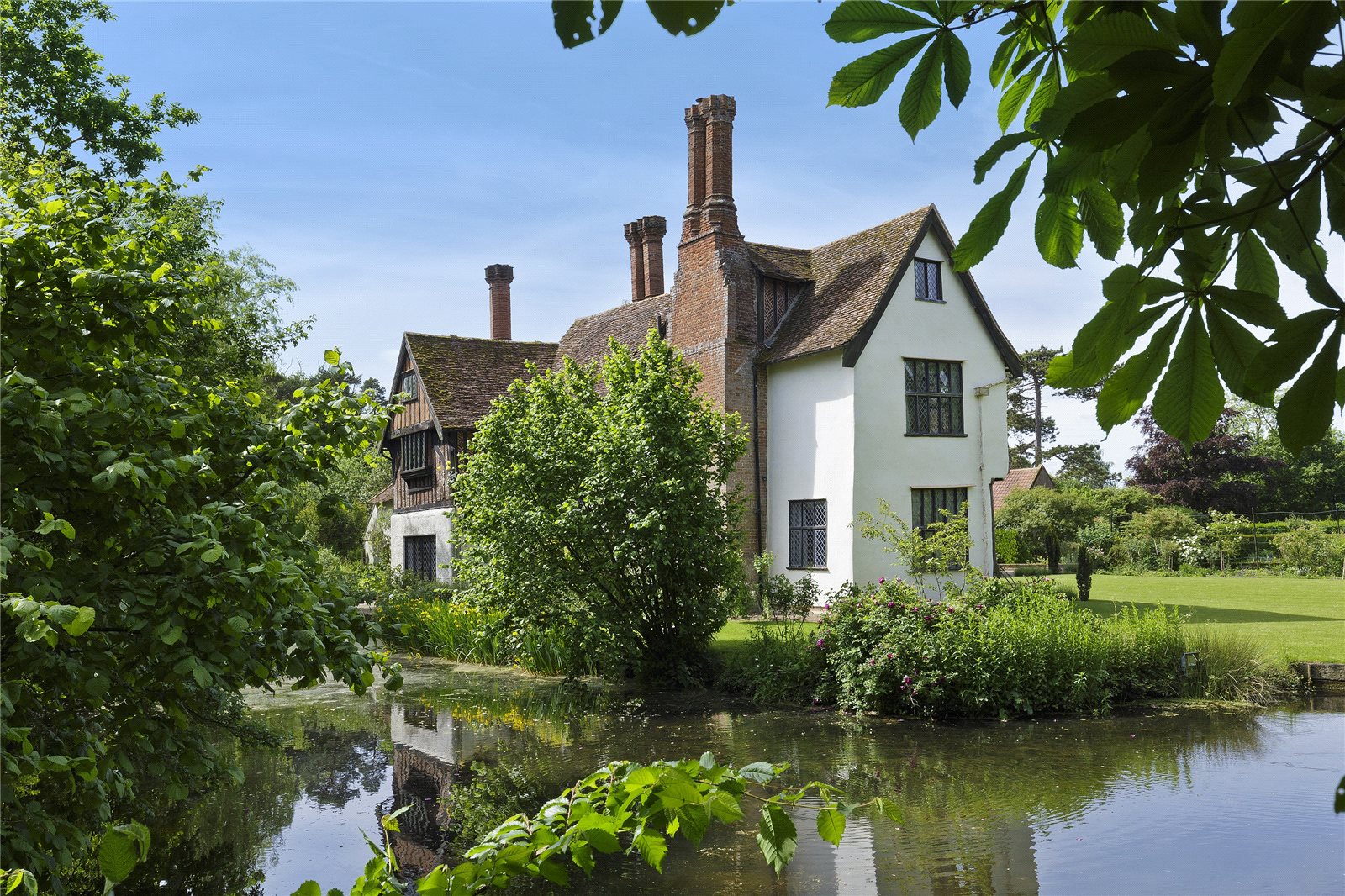
One of the most outstanding Tudor houses in England has come to the market
The grand, sprawling Otley Hall has fascinating history – including panelling which once adorned Carinal Wolsey's chambers at Hampton Court.

John spent his childhood in Kenya, Germany, India and Yorkshire before joining Country Life in 2007, via the University of Durham. Known for his irrepressible love of castles and the Frozen soundtrack, and a laugh that lights up the lives of those around him, John also moonlights as a walking encyclopedia and is the author of several books.
